Réseaux neuronaux et couches
Introduction au deep learning avec PyTorch

Jasmin Ludolf
Senior Data Science Content Developer, DataCamp
Couches du réseau neuronal

Couches du réseau neuronal
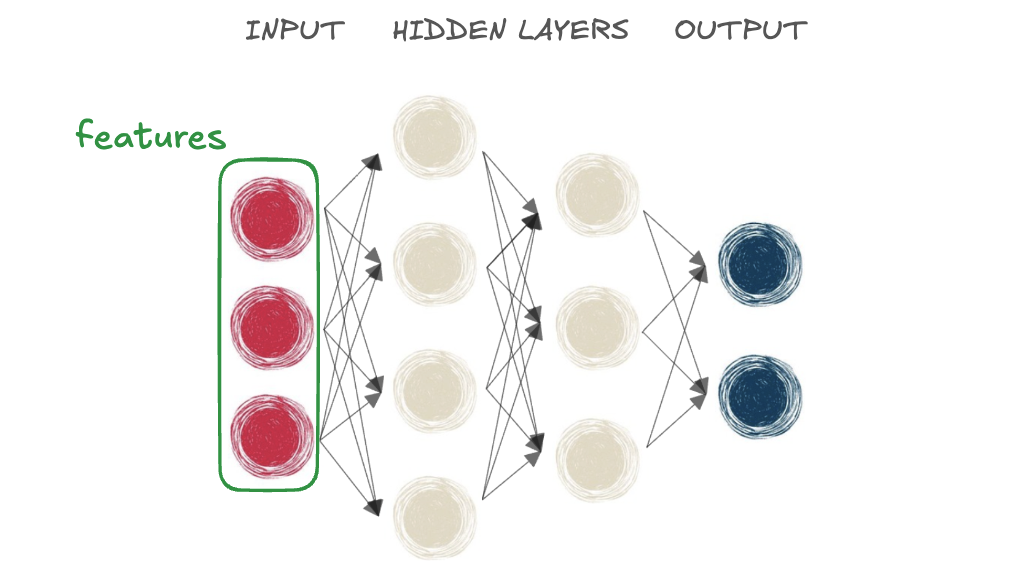
Couches du réseau neuronal
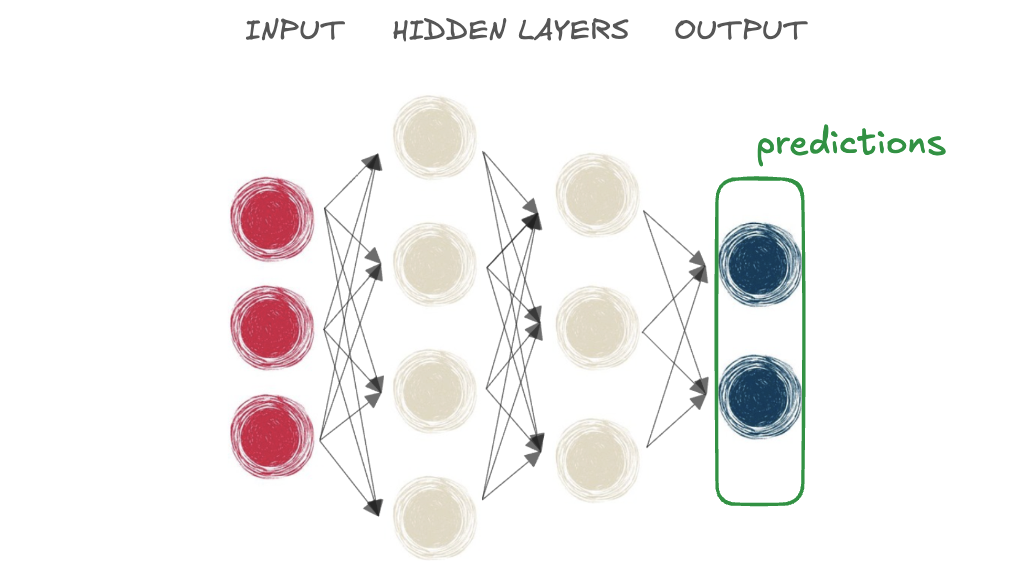
Couches du réseau neuronal
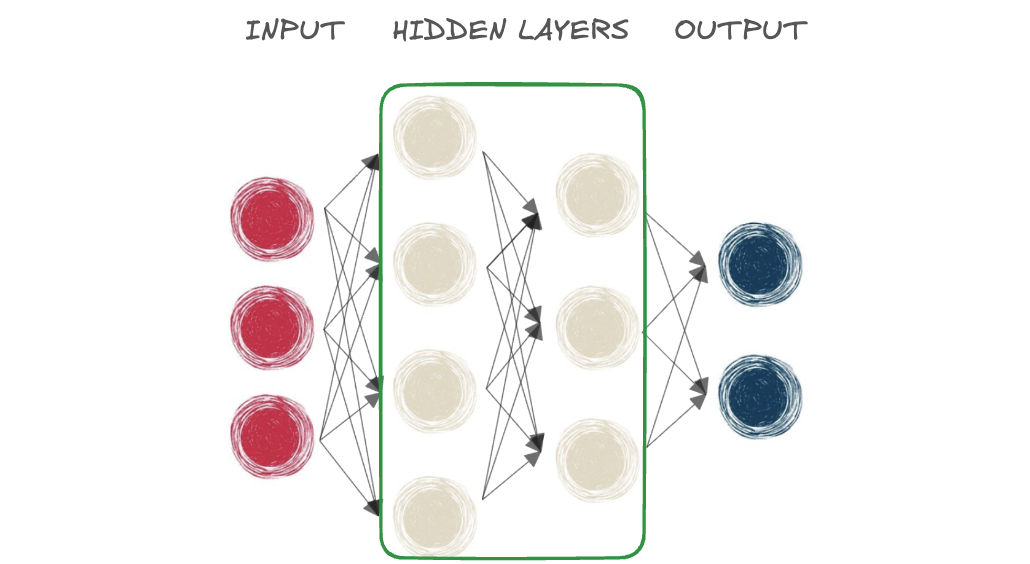
Votre premier réseau neuronal

- Réseau entièrement connecté
- Équivalent à un modèle linéaire
Conception d’un réseau neuronal

# Importing as nn to avoid writing torch.nn import torch.nn as nn# Create input_tensor with three features input_tensor = torch.tensor( [[0.3471, 0.4547, -0.2356]])
- Neurones d’entrée = caractéristiques
- Neurones de sortie = classes
Conception d’un réseau neuronal

# Importing as nn to avoid writing torch.nn import torch.nn as nn# Create input_tensor with three features input_tensor = torch.tensor( [[0.3471, 0.4547, -0.2356]])# Define our linear layer linear_layer = nn.Linear(in_features=3,out_features=2)
Conception d’un réseau neuronal

# Importing as nn to avoid writing torch.nn import torch.nn as nn# Create input_tensor with three features input_tensor = torch.tensor( [[0.3471, 0.4547, -0.2356]])# Define our linear layer linear_layer = nn.Linear( in_features=3, out_features=2 )# Pass input through linear layer output = linear_layer(input_tensor) print(output)
Conception d’un réseau neuronal

$$ $$ $$
# Pass input through linear layer
output = linear_layer(input_tensor)
print(output)
tensor([[-0.2415, -0.1604]],
grad_fn=<AddmmBackward0>)
Poids et biais
output = linear_layer(input_tensor)
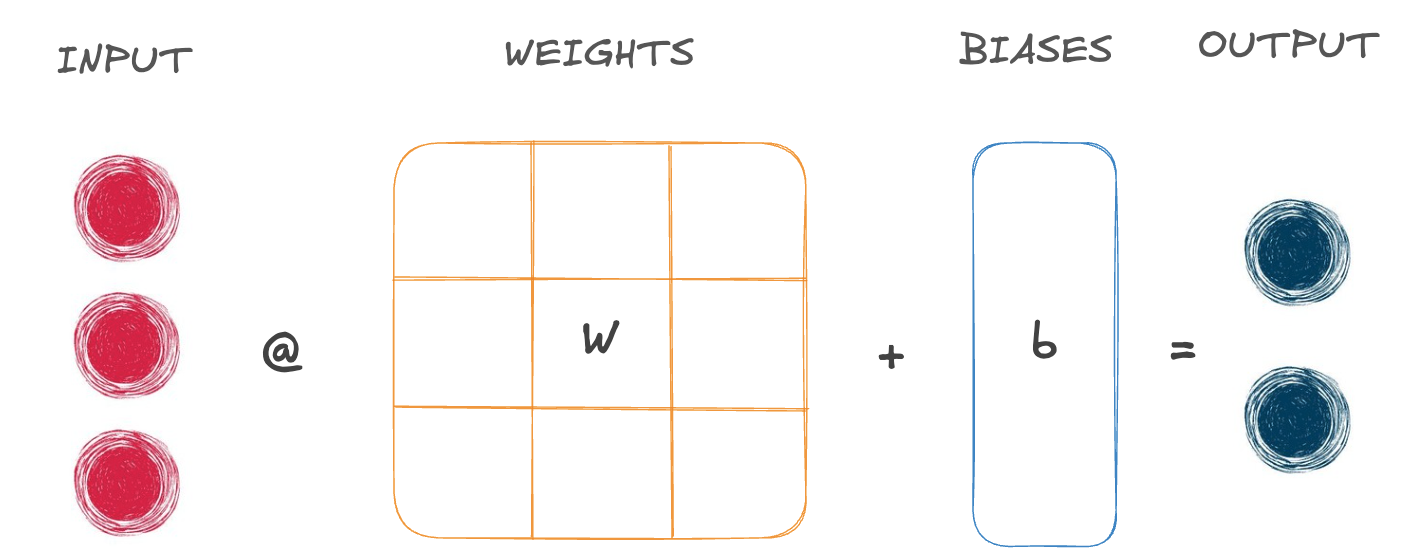
Poids et biais
.weightprint(linear_layer.weight)
Parameter containing:
tensor([[-0.4799, 0.4996, 0.1123],
[-0.0365, -0.1855, 0.0432]],
requires_grad=True)
$$
- Reflète l’importance des différentes caractéristiques
.biasprint(linear_layer.bias)
Parameter containing:
tensor([0.0310, 0.1537], requires_grad=True)
$$
$$
- Fournit au neurone une sortie de base
Un réseau entièrement connecté en action

Un réseau entièrement connecté en action
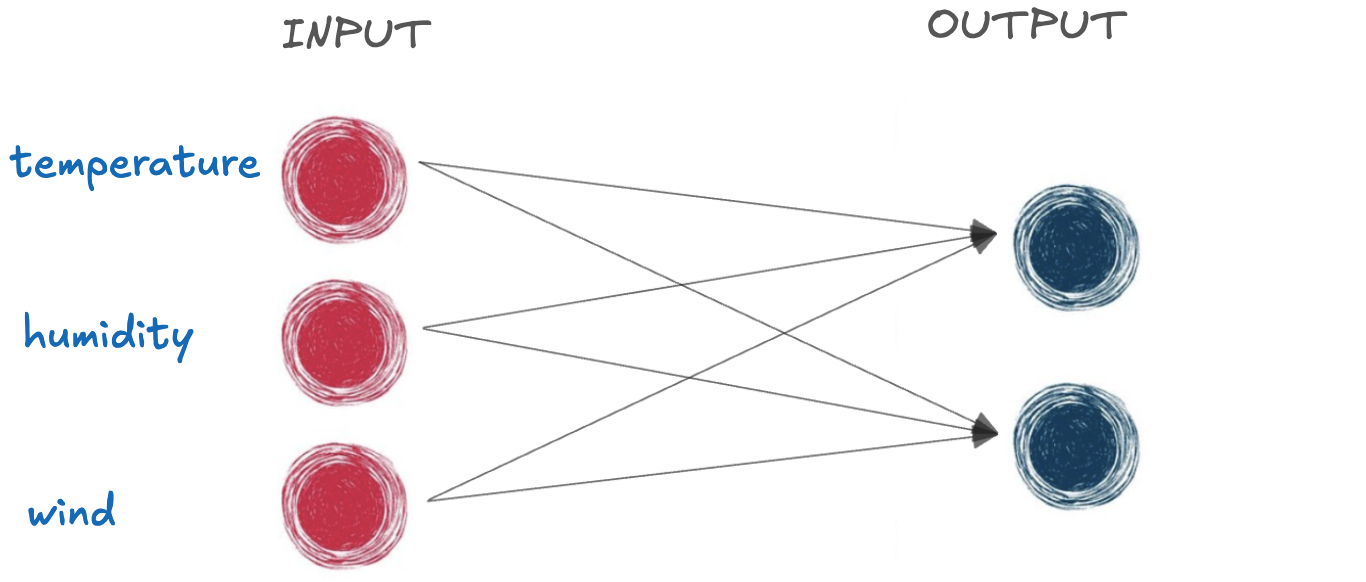
Un réseau entièrement connecté en action
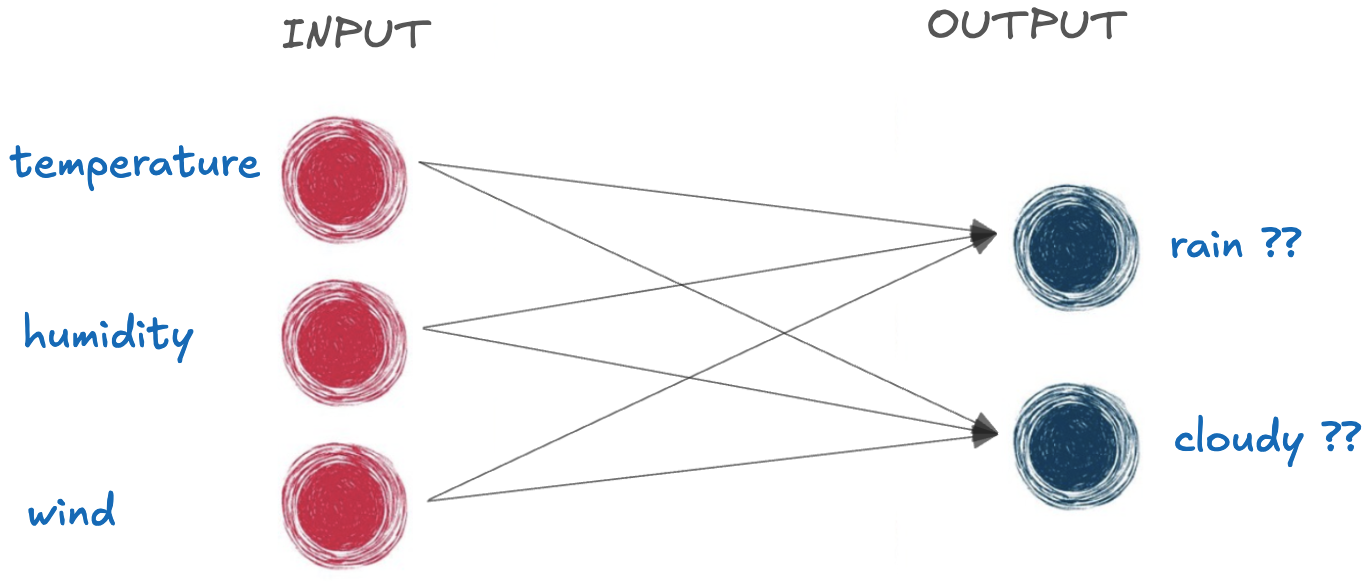
- La caractéristique d’humidité aura un poids plus important
- Le biais permet de prendre en compte des informations de base
Passons à la pratique !
Introduction au deep learning avec PyTorch

